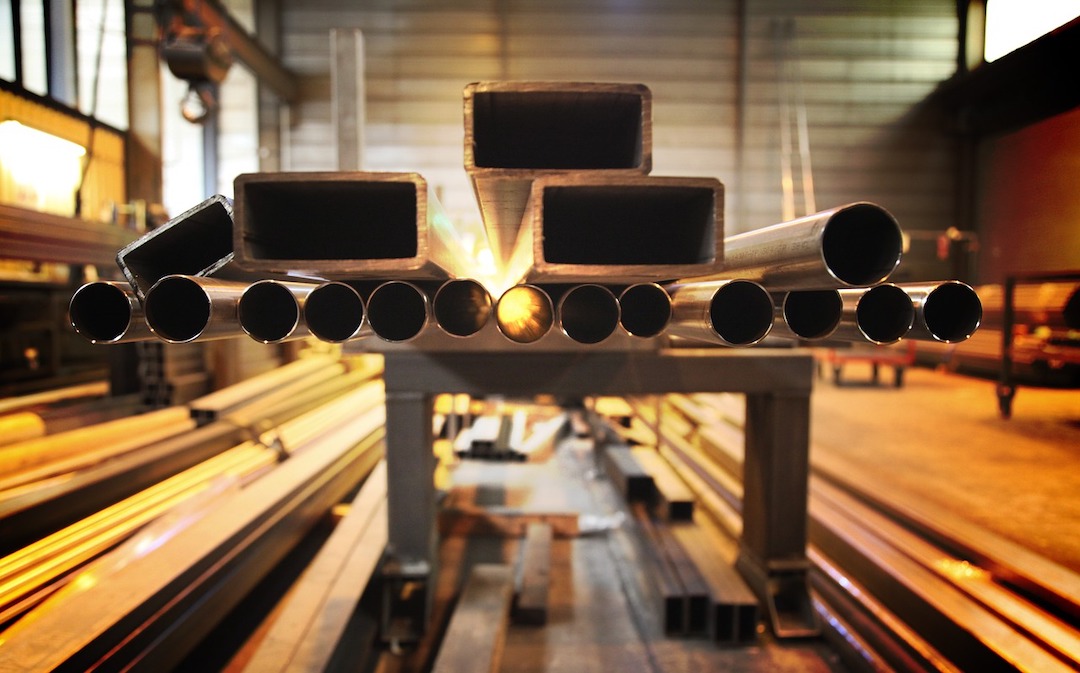The American Institute of Steel Construction (AISC) recently issued a draft of AISC 341, a standard that provides guidance on designing earthquake-resistant steel buildings and it is available for public comments.
The draft standard incorporates new design limits for steel columns based on research conducted by the National Institute of Standards and Technology (NIST) and the University of California San Diego. Using a shake table, researchers identified deficiencies in the performance of a certain type of column, with many test assemblies buckling prematurely.
Based on the findings, the researchers devised new limits for the cross-sectional slenderness of steel columns. “A lot of current design provisions are based on scaled-down column tests or a very small number of full-scale tests,” said NIST structural engineer John Harris in a news release. “But the full-scale testing we conducted has allowed us to begin filling in the knowledge gap regarding the performance of these kinds of columns under extreme loading conditions.”
The draft includes new slenderness limits on columns, with structural steel webs—sized according to the new limit—that could meet drift and stability requirements at the same time. The more stringent limits on steel column webs could soften the blow of earthquakes, potentially saving newly designed buildings from unnecessary damage or partial collapse.
Related Stories
Codes and Standards | Jan 13, 2021
Proposed change to IECC process irks efficiency advocates
New procedure would diminish influence of local code officials.
Codes and Standards | Jan 12, 2021
Two net-zero hotel projects could portend a new hospitality trend
Energy-intensive sector comprises 10% of all commercial real estate.
Codes and Standards | Jan 11, 2021
Zero Energy Buildings growth driven by government policy, stringent codes, technologies
Restraints include high upfront cost, and lack of universal definition and approaches.
Codes and Standards | Jan 11, 2021
HUD releases new Fair Housing Act design and construction requirements
First update of ‘safe harbors’ in 15 years provides better clarity for design and construction firms.
Codes and Standards | Jan 8, 2021
Court ruling gives UpCodes upper hand in fight over building codes database
Battle over IP property claims by ICC and other codes bodies continues.
Codes and Standards | Jan 8, 2021
Houston creates tax incentives for green stormwater elements
Businesses that install green roofs, rain gardens, permeable pavement, and rainwater harvesting are eligible.
Codes and Standards | Jan 7, 2021
Trump’s classical design aesthetic mandate for federal buildings likely to be felt for years
May limit the number of firms that could compete for contracts.
Codes and Standards | Jan 7, 2021
Workers on some of Virginia’s major construction projects sue subcontractors for wage theft
Projects include new General Assembly Building, outpatient facility at Virginia Commonwealth University.
Codes and Standards | Jan 5, 2021
EPA finalizes first major update to Lead and Copper rule
Will accelerate pace of lead service line replacement.
Codes and Standards | Jan 5, 2021
Flood risk for affordable housing expected to triple by 2050
Some communities will have 90% of their affordable housing at risk.

















